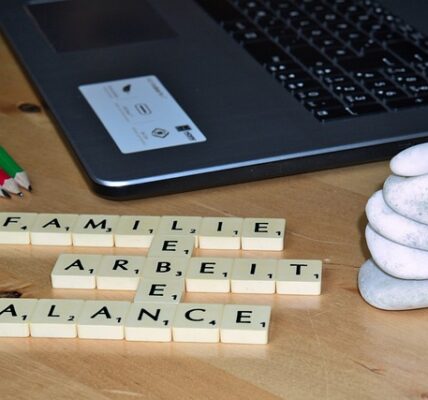Balancing Screen Time and Real-World Activities: Finding Harmony in Our Digital Lives
In today’s digital age, it’s hard to ignore the impact of screens on our lives. From social media to video games, streaming services to work-related tasks, we spend a significant amount of time staring at screens. While technology has made life easier and more convenient, excessive screen time can lead to a range of negative effects, including sleep deprivation, eye strain, and decreased physical activity.
As parents, educators, and individuals, it’s essential to find a balance between screen time and real-world activities that promote overall well-being, social skills, and academic success. In this article, we’ll explore the importance of balancing screen time and provide practical tips on how to achieve a healthy digital lifestyle.
The Importance of Balance in Digital Lifestyle
Excessive screen time can have serious consequences for our physical and mental health. Prolonged exposure to screens can lead to:
* Teaching Kids to Use Technology Responsibly: Parents play a crucial role in teaching children responsible technology use habits, such as setting limits on screen time and encouraging physical activity.
* Sleep deprivation: Screens can interfere with sleep patterns, leading to fatigue, decreased concentration, and mood disturbances. Establishing a bedtime routine that excludes screens can help improve sleep quality.
Signs of Excessive Screen Time
Identifying signs of excessive screen time is essential to taking action. Some common indicators include:
* Spending more than 4-6 hours per day on screens
* Feeling anxious or irritable when unable to access devices
* Neglecting physical activity, socializing, or hobbies due to screen time
* Displaying decreased attention span or difficulty concentrating
Practical Tips for Balancing Screen Time and Real-World Activities
Achieving a balance between screen time and real-world activities requires intention, discipline, and creativity. Here are some practical tips to help you get started:
1. **Set limits on screen time**: Establish screen-free zones (e.g., bedrooms, dining tables) and set daily time limits for specific devices or activities.
2. **Schedule physical activity**: Plan outdoor activities, sports, or exercise routines that can be enjoyed with family members, friends, or pets.
3. **Prioritize face-to-face interactions**: Regularly engage in socializing, such as meeting friends, joining clubs or organizations, or volunteering for causes you care about.
4. Digital Balance: Data-Driven Solutions: Consider consulting digital balance experts to help create personalized screen time plans and track progress.
Strategies for B2B Customer Experience in a Digital World
In the context of work, finding the right digital balance is essential for delivering exceptional customer experiences. McKinsey’s research on finding the right digital balance in B2B customer experience highlights the importance of:
* Personalization: Using data and analytics to tailor interactions with customers
* Convenience: Offering seamless, omnichannel experiences that meet customer needs
* Emotional connection: Building strong relationships through empathetic, human-centric approaches
Conclusion: Finding Harmony in Our Digital Lives
Achieving balance between screen time and real-world activities requires effort, commitment, and creativity. By setting limits on screen time, prioritizing physical activity, socializing, and face-to-face interactions, we can promote overall well-being, social skills, and academic success.
As individuals, parents, educators, and organizations, let’s work together to create a digital lifestyle that promotes harmony and balance in our lives.




